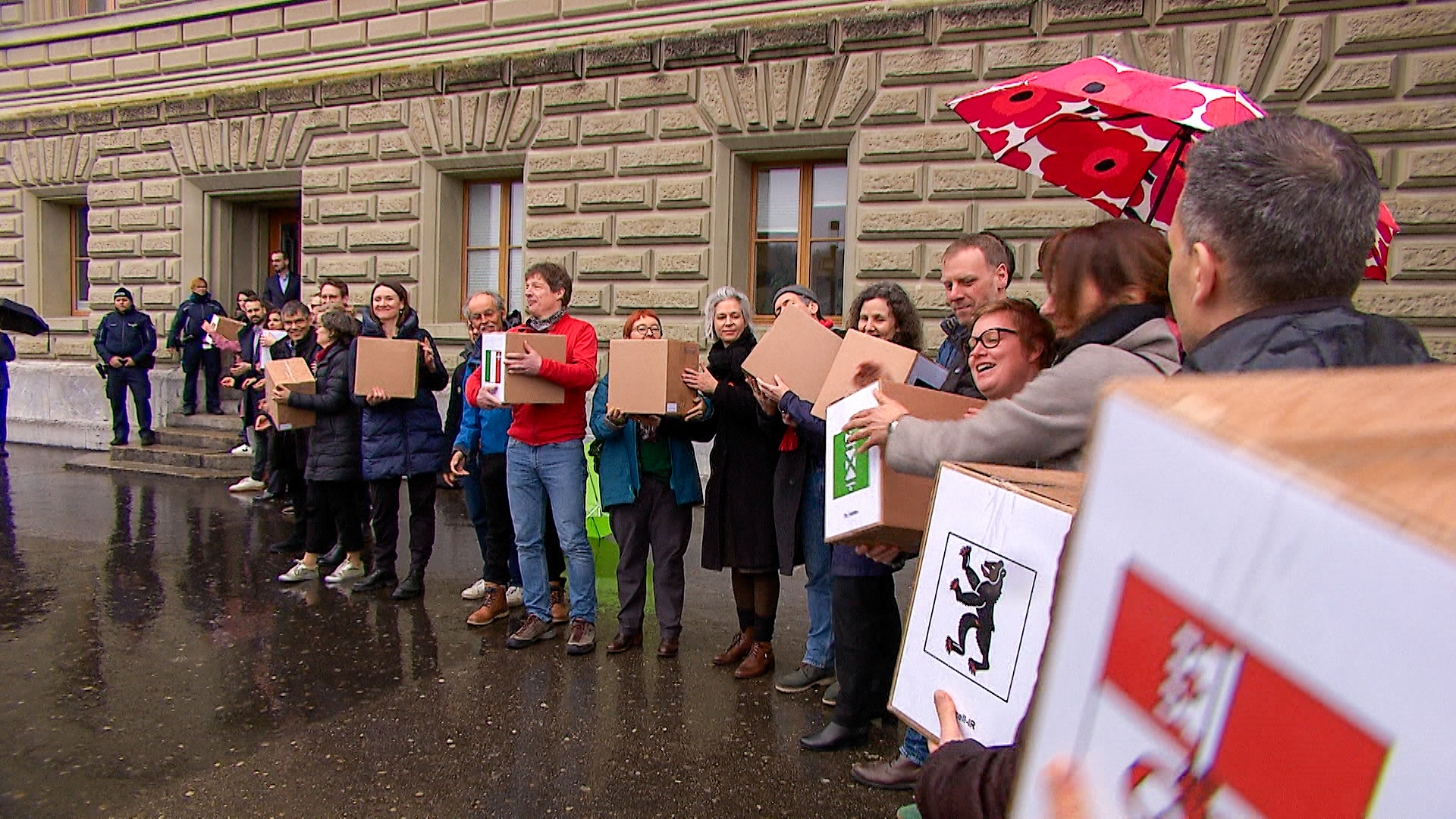
Rare ‘Golden hand’ artifact sparks grave-robbing probe

A criminal complaint has been filed against suspected grave robbers following the find of a unique Bronze Age golden artifact, in the shape of a human hand, in Switzerland.
Swiss public television SRF reports that the archeological office of Bern lodged the complaint after discovering signs of unauthorised digging at the site of the ancient burial site in northwestern Switzerland. One of the two members of the public who made the initial discovery last October told SRF that he had been quizzed by police and that his house had been searched.
Police appear to be investigating whether any artifacts were unlawfully taken from the site. The man denies violating Swiss laws on the preservation of monuments.
The 3,500-year-old golden hand artifact, considered to be an extremely rare archeological exhibit, was presented to the public on Tuesday. During this summer, archeologists also dug up a bronze dagger, robe needle and hair spiral along with bones of a human male that date to around 1,500BC to 1,400 BC.
Unique find
It is assumed that the treasure haul belonged to a person of high rank in the Bronze Age. Metals are impossible to carbon date, but the maker of the golden hand used a resin in its construction that could be dated to the same period.
Experts are mystified as to the exact function of the golden hand but assume the hollow artifact would have been attached to a scepter or statue. They also speculate that it might also have signified a god or deity.
It is unclear whether the artifact was made locally, some other region of Europe or even further afield.
On presenting the object to the public in canton Bern, archeologists said it could be the earliest known artifact in the shape of a body part that has so far been discovered.
The ‘Hand from Prêles’ (the region of the Bernese Jura where it was found) will be on temporary exhibition at the Neues Museum in Biel, from September 18 to October 15.

In compliance with the JTI standards
More: SWI swissinfo.ch certified by the Journalism Trust Initiative





























You can find an overview of ongoing debates with our journalists here . Please join us!
If you want to start a conversation about a topic raised in this article or want to report factual errors, email us at english@swissinfo.ch.